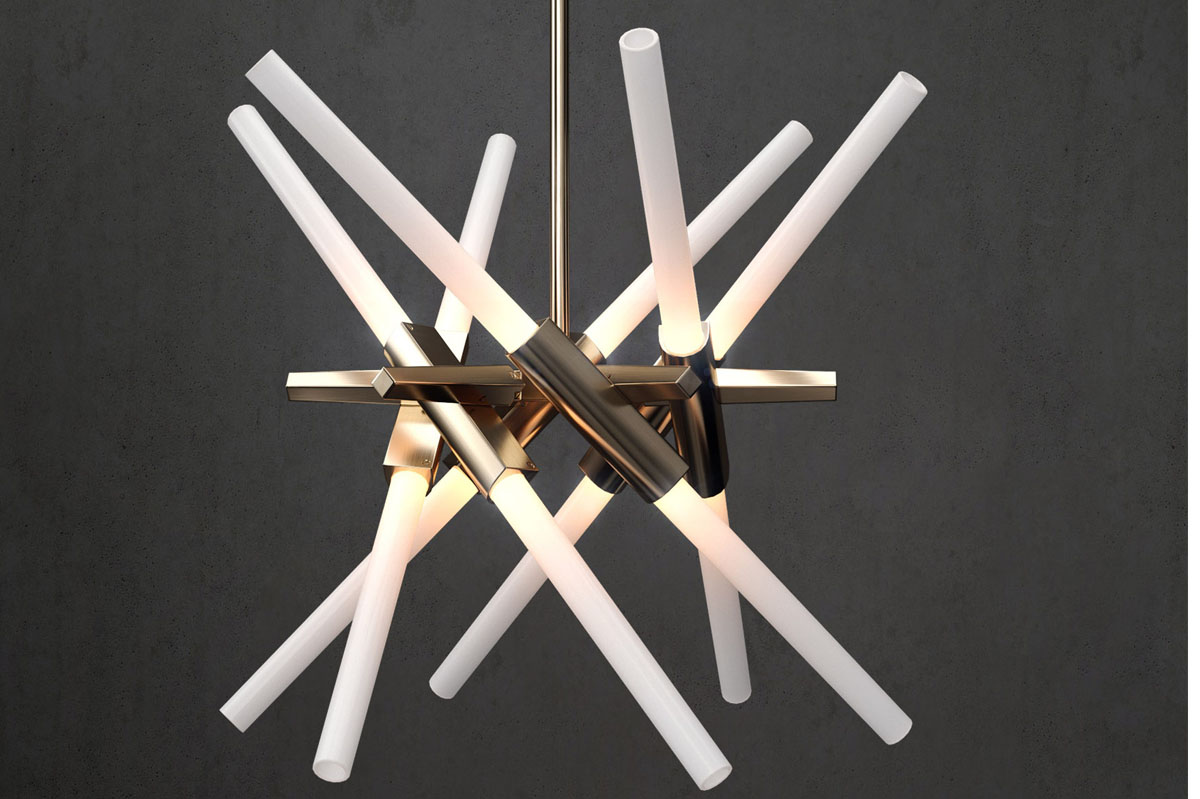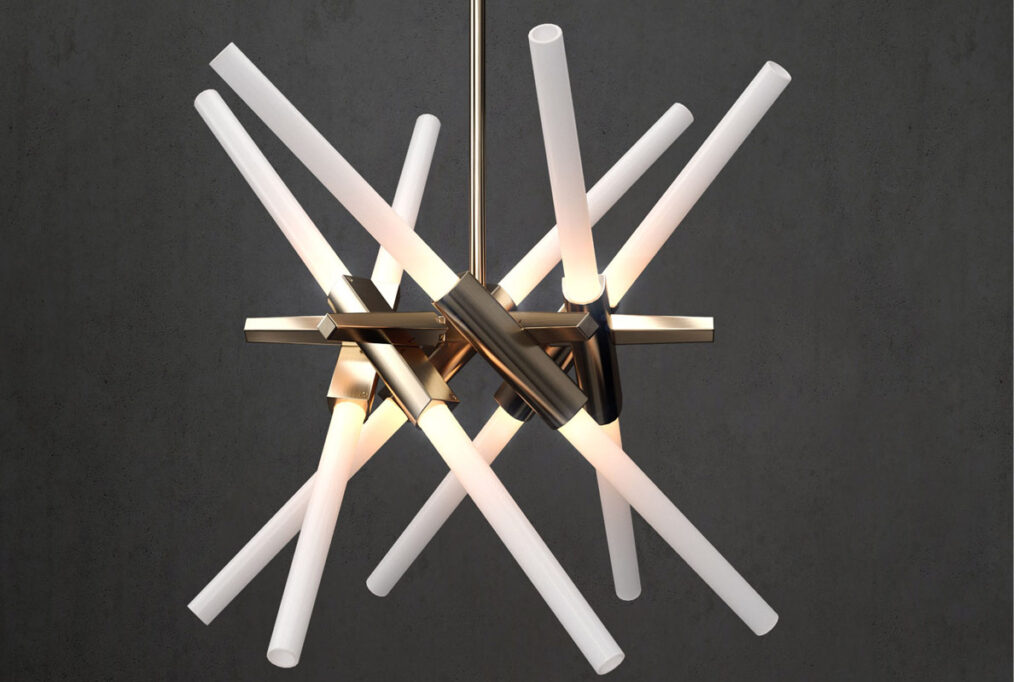What Does LED Stand For – Unveil the Mystery
By hqt


Have you ever wondered what does LED stand for? Well, you are not alone. LEDs, or light emitting diodes, have become increasingly popular in recent years. But, what exactly are they? We’ll answer that question, and many more, in this blog post. We’ll take a deep dive into the history of LED technology, the advantages and types of LED lights, their benefits and applications, and the cost-effectiveness and safety of LED lighting. So, let’s get started!
Introduction to LED
Light emitting diodes (LEDs) are semiconductor devices that emit light when an electric current passes through them. LEDs are made up of two different materials, one that emits electrons and the other that captures them. This process is known as electroluminescence. LED technology has revolutionized the lighting industry, providing more efficient and reliable lighting solutions.
What Does LED Stand For?
LED stands for Light Emitting Diode, which is a type of diode that emits visible light when an electric current passes through it. LEDs are one of the most efficient and long-lasting forms of lighting technology. Compared to traditional incandescent bulbs, LEDs use 80-90% less energy and can last up to 50,000 hours. LEDs are available in a variety of colors and sizes, making them highly customizable.
History of LED Technology
The history of LED technology dates back to the early 1900s when they were first developed. However, it wasn’t until the 1960s that the first practical LEDs were developed. Nick Holonyak Jr. is credited with developing the first practical LED in 1962. Since then, LED technology has come a long way and is now used in a wide range of applications, from automotive lighting to home lighting.
Advantages of LED Technology
LED technology has many advantages over traditional lighting sources. LEDs are highly efficient, using up to 90% less energy than traditional incandescent bulbs. This makes them a great option for cost savings. LEDs also have a long lifespan, lasting up to 50,000 hours. This means they will last much longer than traditional bulbs, saving you money in the long run. LEDs are also highly durable, resistant to shock and vibration, and can withstand extremes of temperature.
Types of LED Lights
LEDs are available in a variety of types, each designed for a specific application. The most common types of LED lights are general purpose LEDs, floodlights, spotlights, and task lighting. General purpose LEDs are great for lighting large areas, while floodlights and spotlights can be used to highlight features and create mood lighting. Task lighting is best suited for small, specific areas, such as under cabinets or in closets.
Benefits of Using LED Lights
LEDs offer many benefits, both in terms of energy efficiency and cost savings. LEDs are up to 90% more efficient than traditional incandescent bulbs, making them a great choice for energy savings. They also last much longer than traditional bulbs, up to 50,000 hours, which means they will save you time and money in the long run. LEDs also emit very little heat, making them safer to use and reducing the risk of fire.
Applications of LED Lighting
LED lighting has a wide range of applications, from residential to commercial. LEDs are commonly used for task lighting, such as under cabinet lighting or in closets. They are also great for outdoor lighting, landscape lighting, and accent lighting. LEDs are also being used in automotive lighting, medical lighting, and architectural lighting.
Cost-Effectiveness of LED Lighting
LED lighting is highly cost-effective due to its energy efficiency and long lifespan. LEDs use up to 90% less energy than traditional incandescent bulbs, which means they will save you money on your energy bills. LEDs also have a long lifespan, up to 50,000 hours, which means they will save you money in the long run.
Safety of LED Lighting
LED lighting is generally safe to use, as it emits very little heat. This makes it safer than traditional bulbs, which can become very hot. LEDs are also resistant to shock and vibration, making them more reliable and durable. Additionally, LEDs are dimmable, which allows you to adjust the brightness to suit your needs.
Conclusion
We hope this blog post has answered the question of what does LED stand for. LEDs are highly efficient and cost-effective forms of lighting technology. They use up to 90% less energy than traditional bulbs and can last up to 50,000 hours. LEDs are available in a variety of types, each designed for a specific application. Additionally, they are safe to use, as they emit very little heat and are resistant to shock and vibration. So, if you’re looking for an energy-efficient and cost-effective lighting solution, LED technology is the way to go.


